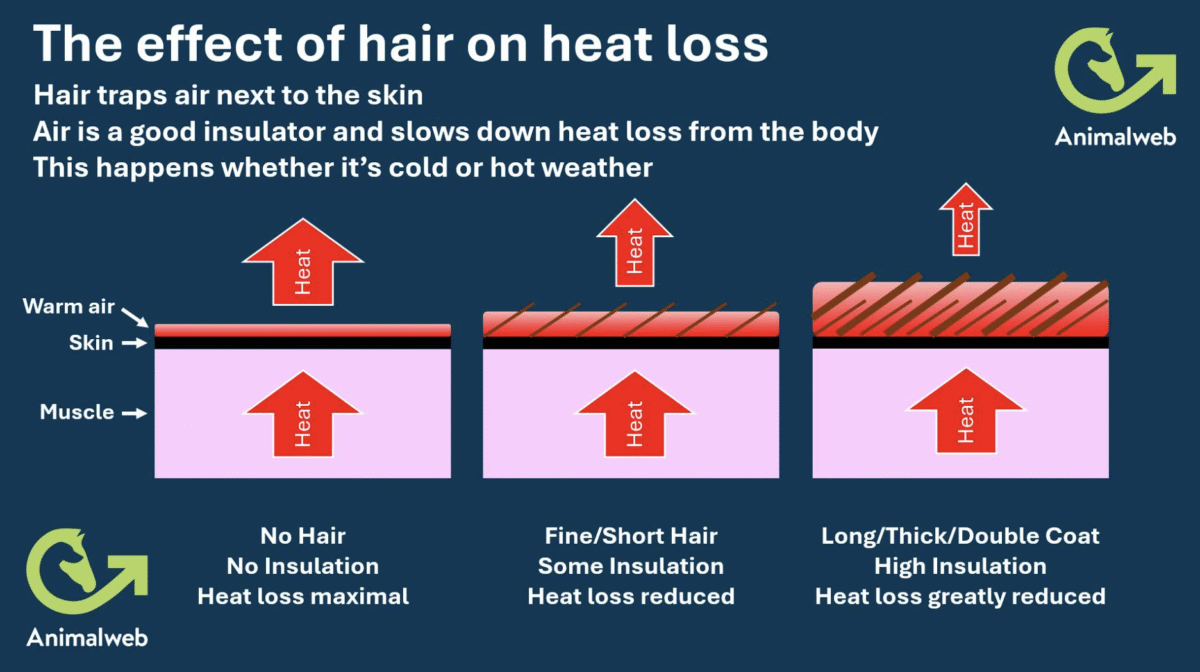
Springtime Alert: Protecting Your Pet from Ticks and Lyme Disease
February 28, 2024
Traveling on Vacation with Your Pet
July 17, 2025Summer Pet Care Tips
As temperatures soar during the summer, it’s crucial to take extra precautions to protect your pets from the dangers of extreme heat. Heatwaves can quickly become life-threatening for cats and dogs, especially those with thick coats, flat faces, or underlying health conditions. As a veterinarian, I’ve seen firsthand how quickly heat-related illnesses can develop—often with tragic results. Fortunately, with a few simple steps, you can help keep your pets safe, comfortable, and cool.
Recognize the Signs of Heatstroke in Pets
Heatstroke in pets is a serious medical emergency. Common symptoms in both dogs and cats include:
- Excessive panting or drooling
- Lethargy or weakness
- Vomiting or diarrhea
- Red or pale gums
- Rapid heartbeat
- Collapse or seizures
If you notice any of these signs, move your pet to a cool area immediately and contact your veterinarian or local emergency clinic.
Keep Pets Indoors During Peak Heat Hours
The best way to protect your dog or cat during a heatwave is to limit outdoor activity, especially between 10 a.m. and 4 p.m., when the sun is at its strongest. Walk dogs early in the morning or later in the evening when the pavement is cooler, and avoid strenuous exercise altogether on very hot days.
Cats should be kept indoors during extreme heat. Even outdoor cats are vulnerable to heat exhaustion or becoming trapped in hot, enclosed areas like sheds or garages.
Provide Ample Shade and Fresh Water
If your pet must be outside, ensure they have access to shade at all times—trees, umbrellas, or a covered patio work well. Always provide a bowl of cool, clean water and consider adding ice cubes to keep it chilled longer.
For indoor pets, place water bowls in multiple areas and consider using a pet water fountain to encourage hydration.
Never Leave Your Pet in a Parked Car
Even on a mild day, a parked car can become dangerously hot within minutes. Leaving your pet in a car, even with windows cracked, is never safe—and in many regions, it’s illegal. Always take your pet with you or leave them at home in a cool environment.
Cooling Techniques for Cats and Dogs
- Use fans or air conditioning when possible.
- Lay out cooling mats or damp towels for pets to lie on.
- Lightly mist your dog with cool (not cold) water.
- For cats, gently wipe them down with a damp cloth—they often dislike being wet but may tolerate this.
Debunking the Myth about your pets coat
Does cutting my Dogs/Cats hair keep them cooler? This is a question asked by many clients. According to the research done by Dr. David Marlin, Many people seem to believe a dog’s coat has magical properties and keeps dogs cool in the heat. (Interestingly, horse owners don’t believe this about horses) It doesn’t. Hair is dead, not living. It obeys the laws of physics. It traps air in the same way human clothing does and slows down heat loss. The only instance where hair helps keep an animal cool is when the air temperature is higher than the body temperature. Under these conditions, the animal must rely on sweating and panting to lose heat.

Ref: https://askanimalweb.com/summer-heat-horses-and-dog-hair/
Final Thoughts
Your pet relies on you to keep them safe. During a heatwave, that means staying alert, planning ahead, and adjusting your routine to prioritize their comfort and health. If you ever suspect your pet is suffering from heatstroke, act quickly—early intervention can save lives.
For more summer pet safety tips, or if you have questions about your pet’s heat tolerance, don’t hesitate to contact our veterinary team.

